Coral polyps live in warm oceans and are crowded and fixed on rocks. New corals grow on the skeletons of dead corals, and some form branch-like branches with delicate and flexible branches. The shapes of the corals are beautiful and diverse: there are staghorn corals that look like antlers; tubular corals that look like trumpets; rock corals that look like mushrooms, etc., they are really diverse. The colors are orange, pink, light green, purple, blue, white... colorful. According to the number of tentacles of corals, they can be divided into two categories-eight-spreading corals and six-spreading corals. The tentacles of corals are very small and grow next to the mouth. The "belly" (inner cavity) is divided into a number of small chambers (digestive cavity). Seawater flows through and brings food into the digestive cavity for absorption. Living coral polyps have the ability to absorb calcium and build skeletons. Live coral polyps die, and new ones continue to grow. Over time, the calcareous skeletons of dead coral polyps form coral reefs and coral islands.
Under normal water temperature conditions, zooxanthellae always live in symbiosis with coral polyps, giving the coral reefs a golden, red or yellow color while providing nutrients to the corals. Meteorologists tell us that 1990 was the hottest year on record in the world. The hot climate caused the sea water temperature to be too high, and a large number of coral reefs were underdeveloped, and some even shrank and died. Rising water temperatures can cause zooxanthellae to disappear and corals to stop growing. Over time, white spots will appear on the coral trunks. This phenomenon is called "bleaching" of coral reefs. After a few weeks, the coral polyps will die and the reef will appear covered in white bones.
There are many animals that like to eat coral polyps in the ocean. Among them are invertebrates such as spiny starfish, and many fish such as parrot fish, flatback pufferfish, etc. Spiny starfish are echinoderms, and their method of eating coral polyps is unique. First it wraps the coral, then turns its stomach out and eats the polyps one by one, leaving only the skeleton. In addition, parrot fish and flatback puffer fish are also natural enemies of corals. They use their hard teeth to bite coral branches, and use their specially constructed pharyngeal teeth to crush the coral and swallow it into their stomachs. The coral polyps and zooxanthellae are absorbed, and the indigestible coral debris is excreted.
A coral colony is a stereotyped structure where old and young coral polyps gather. The colorful coral clusters are beautiful in shape, just like flowers blooming in the ocean. The colorful colors of corals in the ocean are due to the pigments contained in coral polyps and their symbiotic algae. However, the jade-white corals that people usually see are coral skeletons that are artificially soaked and washed after the death of coral polyps. Beautiful corals have become ornamental objects and decorations that people can't put down.

Coral reef
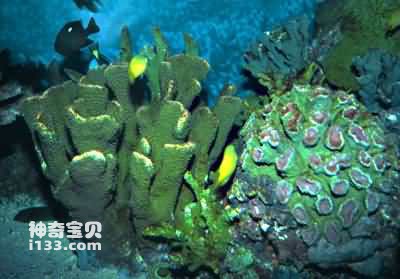
Coral ecological environment
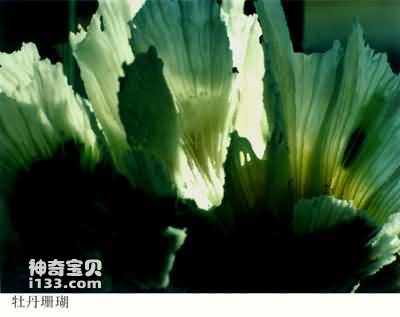
peony coral

Many tentacles on the coral branches
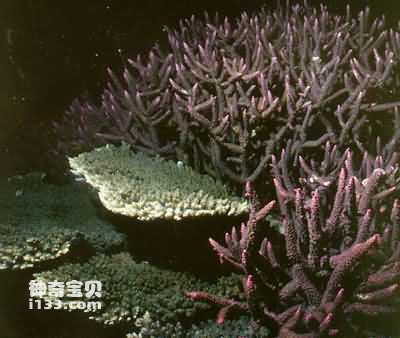
Acropora coral

White polyps on coral branches
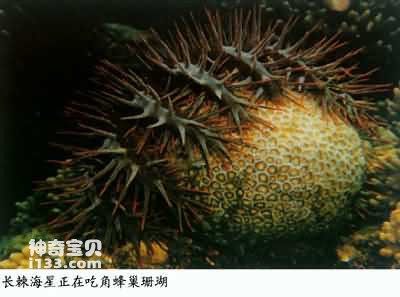
Spiny starfish eating hornbeam coral
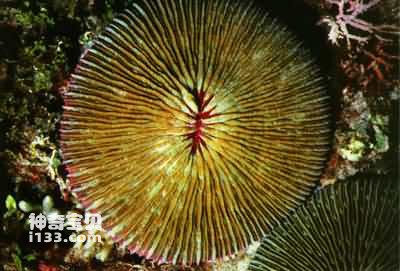
Stone cake coral
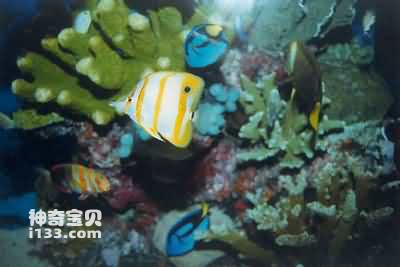
tropics among corals
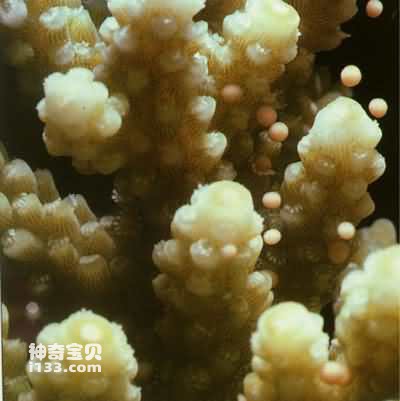
Rose coral. Colonial growth type, branch-like, massive, leaf-like and crust-like, is a very important reef-building coral.
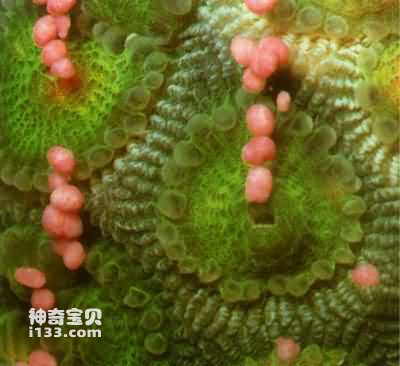
Chrysanthemum coral. There are no grooves between the coral bodies, the wall of the coral cup is thin, the cup is polygonal, and there are obvious surrounding petals. Distributed in my country’s Nansha Islands, East China Sea, South China Sea, Taiwan Island and other waters.
animal tags:
We created this article in conjunction with AI technology, then made sure it was fact-checked and edited by a Animals Top editor.